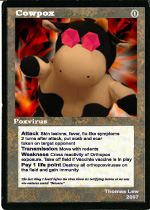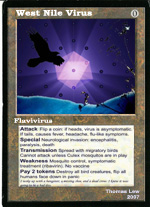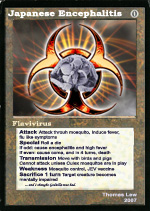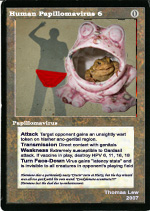Parvoviridae History
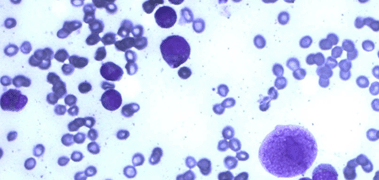
Parvoviridae is a viral family that is composed of small single-stranded DNA viruses. The viruses that infect humans are few, but include B19 (an important teratogen) and Adeno-associated virus.
Parvoviridae is an important infectious agent in the history of virology. Given the name "parvo" - meaning small - these viruses are able to infect a variety of hosts. Throughout the middle of the 20th century, diseases of cats, dogs, and other mammals were linked to parvoviruses. The discovery and study of feline panleukopenia virus advanced the rapidly growing field of virology.
History
Parvovirus was formally discovered in 1974 by the virology, Yvonne Cosart. The Australian was performing an assay for Hepatitis B when she noticed an "anomolous reaction." Upon further examination, she found extra particles in the blood, and named them B19 (for being in the 19th well of plate B). And thus Parvoviridae was born. (1)
Since then, a parvovirus has been found to be the etiological agent of a number of diseases affecting warm-blooded vertebrates. These viruses include feline panleukopenia virus, canine parvovirus, chicken parvovirus, and bovine parvovirus.
Discovered in 1965, adeno-associated virus has recently become an important parvovirus in virology as well as medicine. Currently, AAV is not associated with any disease. Because of this, researchers all over the world believe that this virus is the perfect candidate for being a vector to deliver gene therapy. Today, there are over 20 clinical trials, with AAV-vectored gene therapy for diseases including AIDS, Parkinson's, and Alzheimer's Disease.

